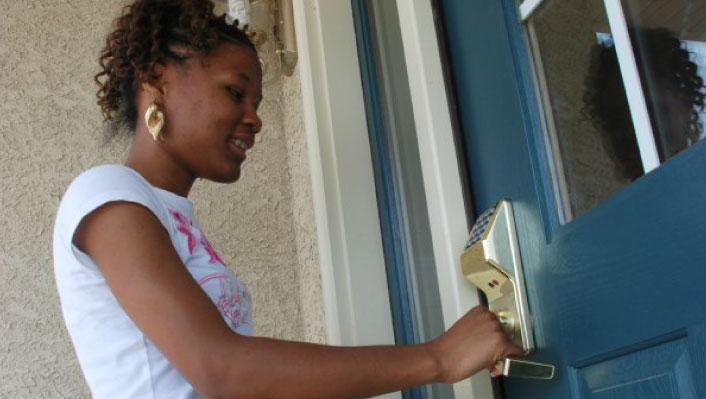What is Supportive Housing?
About Supportive Housing
Supportive housing combines affordable housing with support services that help people who face the most complex challenges to live with stability, autonomy, and dignity. Supportive housing is an innovative and data-driven solution that helps people break the cycle of homelessness and thrive.
Successful
Supportive housing improves housing stability, employment, mental and physical health, and school attendance; and reduces or stops active substance use. People in supportive housing live more stable and productive lives.


Fiscally Responsible
Supportive housing costs essentially the same amount as people remaining homeless and stuck in the revolving door of high-cost crisis responses systems like emergency rooms, interactions with law enforcement and incarceration in jails or prisons, and emergency housing like shelters.
Improves Public Safety and Property Values
Supportive housing helps build strong, healthy communities by improving the safety of neighborhoods, beautifying city blocks with new or rehabilitated properties, and increasing or stabilizing property values over time.

Supportive Housing FAQs
Is Supportive Housing Permanent?
Supportive housing is permanent housing that typically has no time limit on residency assigned to it.
What Services Are Offered in Supportive Housing?
Residents of supportive housing are linked to intensive case management and voluntary, life-improving services like healthcare, mental health care, substance use counseling, job training and employment support, and child welfare.
How Does it Work?
Supportive housing tenants pay rent and have the same rights and responsibilities as anyone renting housing. Residency in supportive housing is not contingent on tenants meeting certain behavioral requirements for access to housing.
Who Lives in Supportive Housing?
Supportive housing is typically for people who face complex barriers to housing including unemployment, mental illness , substance use disorder, history of incarceration, long-term homelessness, and other challenges.
How Long Do People Stay in Supportive Housing and What Happens When They Leave?
A primary goal for supportive housing programs is the ability to ensure housing stability for individuals with multiple, chronic, complex needs that that prevent them from living stably in other housing. However, while many individuals with severe disabilities may always require supportive housing, some tenants eventually reach a point in their recovery where they may be better served in a less intensive service environment.
Once stable, tenants often wish to leave supportive housing in order to have more privacy, reside in a different neighborhood, move closer to family or work/school, or rent a bigger unit. Unfortunately, because most tenants continue to need housing assistance, many choose to remain in supportive housing.
In response to tenant desires and the need to build more supportive housing capacity, several communities are working with local funders and public housing authorities to develop Moving On or Moving Up initiatives. These initiatives provide tenants, who are able and want to move out of supportive housing, with a rental subsidy and assistance transitioning to a new apartment. HUD has provided strong support for Moving On but, to date, these initiatives operate on the periphery of supportive housing and only exist on a small scale through scattered pilots.
Is Supportive Housing Cost Effective?
Cost studies innumerous states and cities found that supportive housing results in tenants’ decreased use of homeless shelters, hospitals, emergency rooms, jails and prisons, which reduced public costs.
Supportive Housing provides better outcomes and is fiscally responsible. Take New York City, for instance. By reducing service use, it saved an average of $16,282 per unit annually, covering 95% of the cost of providing supportive housing. In Portland, Oregon, the annual savings per person reach $24,876, surpassing the annual cost of housing and services, which is only $9,870.

